Central Korean Cuisine
Central Korean cuisine is the cuisine of the Korean people in the central Korean Peninsula. Seoul(서울), the historic South Korean capital, is the focal point of the central Korean cultural region which covers Gyeonggi(경기), extends into western Gangwon(강원) and northern Chungcheong(충청), and reaches the ancient Korean capital Kaesong(개성) in North Korea.
Central Korea has had significant political influence from China and Japan throughout history.
A full traditional meal is usually served with certain arranged dishes known as bansang(반상): rice, soup(국 guk), sauce, main dish, kimchi, side dishes(반찬 banchan), stew(찌개 jjigae), and so on.
Stir-fried dishes(볶음 bokkeum) and noodles(국수 guksu) are also fairly common. Dishes served with leaves for wrapping are called ssam(쌈).
Kimchi(김치 gimchi) is pickled vegetables, a really important food in Korean culture. Kimchi is typically made as winter comes each year. Kimjang(김장 gimjang) is the annual event for making and sharing large batches of kimchi.
The lunar new year is celebrated with dumplings(만두 mandu), rice cakes(떡 tteok), or both. Harvest Festival, called Chuseok(추석)[秋夕], is celebrated with pine cakes, or songpyeon(송편)[松䭏].
Sometimes special foods are prepared for jesa(제사 / 祭祀), memorial ceremonies for deceased ancestors. During these ceremonies, foods are sprcially placed on a shrine as an offering to ancestors. Depending on family traditions, these foods may be enjoyed by the family once the ancestors have been able to enjoy them spiritually.
Cookware and Serving
A traditional cooking pot or cauldron called gamasot(가마솥) or just sot(솥) sometimes features in central Korean cuisine. An earthenware steamer(시루 silu) may be traditionally used for steaming.
Some dishes are served hot in a stone pot called dosot(돌솥), generally made of agalmatolite.
Chopsticks and spoons are typical tableware, usually made of metal.
Lunchboxes, called dosirak(도시락)[道食樂], have become part of Korean cuisine since Japanese occupation in the early 1900s. They are related to Japanese bento, usually including rice and various side dishes.
Culture
Standard Korean is based on the dialect of Korean spoken in central Korea.
Traditional clothing is called hanbok(한복).
Ingredients
Rice(쌀 ssal) is a central Korean staple; japonica varieties are most common. Sticky rice(찹쌀 chapssal) is also used a lot. Rice is typically steamed; it is also used to make rice cakes(떡 tteok) and rice vinegar(쌀식초), and it is even used to make paste for kimchi. Traditionally, a type of rice syrup(쌀조청) was commonly used as a sweetener, though it is uncommon today.
Barley(보리 boli) is a major grain grown since ancient times. Sprouted barley is traditionally made into barley malt. Wheat(밀 mil) is usually ground into flour.
Soybeans are used in a variety of ways. Soft tofu(순두부 sundubu) comes from soybean juice with bittern or nigari, which is sometimes produced from sea water; it is unpressed. Small black soybean with green center are added to rice and other dishes. Soybean sprouts(콩나물 kongnamul) become side dishes or toppings.
Sweet potato(고구마 goguma)
Ginseng(삼 sam)
Several carieties of cabbage(배추 baechu) are grown in central Korea. One of the most common varieties was introduced from Shandong, China, and hybrids were created.
Korean squash(애호박 aehobak) is similar to zucchini but actually a type of pumpkin.
Sesame seeds(참깨 chamkkae) are common. Perilla leaf(깻잎 kkaennip) is widely used fresh, cooked, and even pickled. Perilla seeds(들깨 deulkkae) and perilla oil(들기름 deulgireum) are also used.
Chili was introduced to the Korean Peninsula centuries ago and is now an everyday ingredient. Long green varieties called putgochu(풋고추) and their ripened red version, honggochu(홍고추), are most common. Honggochu is often dried and ground to make chili powder, or gochugaru(고춧가루). Gochugaru ranges from course to fine. Course gochugaru is often used for kimchi making, and fine gochugaru is commonly used in chili sauce, gochujang(고추장).
Red date or jujube(대추 daechu) is enjoyed fresh and dried. They can be added to desserts and used for tea.
Acorn(도토리 dotori) grows in mountainous areas and is traditionally foraged. It must be processed and is often powdered and made into jelly. Pine nuts(잣 jat) can also be foraged from the mountains. Some dishes are garnished with pine nuts.
Certain types of jellyfish(해파리 haepali) are used for food, particularly flame jellyfish.
Salted, preserved seafood(젓갈 jeotgal or 젓 jeot) is used for seasoning. Common types include shrimp jeot(새우젓 saeujeot) and yellow croaker jeot(조기젓 jogijeot).
Pheasant(꿩 kkwong) has been eaten since olden times, but chicken(닭 dak) is much more common today. Chicken eggs are used regularly in central Korean dishes.
Dishes
- steamed rice(쌀밥 ssalbap)
- chalbap(찰밥): steamed sticky rice with added ingredients like bean or jujube
- five grain rice(오곡밥 ogokbap): steamed sticky rice, proso millet, sorghum, black soybean, and azuki bean
- stone pot bibimbap(돌솥비빔밥): rice with various toppings served in a hot stone pot called dolsot(돌솥)
- jellyfish naengchae(해파리 냉채 haepali naengchae): jellyfish salad with ingredients such as cucumber and vegetable strips, usually flavored with mustard sauce
- cabbage kimchi(배추김치 baekgimchi): seasoned fermented cabbage
- bossam kimchi(보쌈김치 bossamgimchi): kimchi of seasoned chopped vegetable wrapped in cabbage leaf
- kimchi buchimgae(김치부침개): savory kimchi pancake
- jeon(전): cooked battered vegetables or other ingredient, sometimes more like a savory pancake
- pyeonsu(편수): wheat dumpling with vegetable or meat filling, usually square in shape
- sujebi(수제비): pulled noodle soup
- tteokbokki(떡볶이): rice cakes in spicy or savory sauce
- dakgalbi(닭갈비): spicy chicken stir fried with sweet potato and other ingredients
- joraengi tteokguk(조랭이 떡국): cocoon-shaped rice cake soup
- sundubu jjigae(순두부찌개): soft tofu stew, often with kimchi
- samgyetang(삼계탕): ginseng chicken soup
- bukkumi(부꾸미): dumpling made from sticky rice, sorghum, or other grain with sweet azuki bean or other filling
- songpyeon(송편): rice cake with sweet filling steamed over pine needles
- yaksik(약식): sweet sticky rice dessert
- sikhye(식혜): sweet drink made from cooked rice and barley malt
- barley tea(보리차)
- jujube tea(대추차)
Relevant Links
Recipes
-
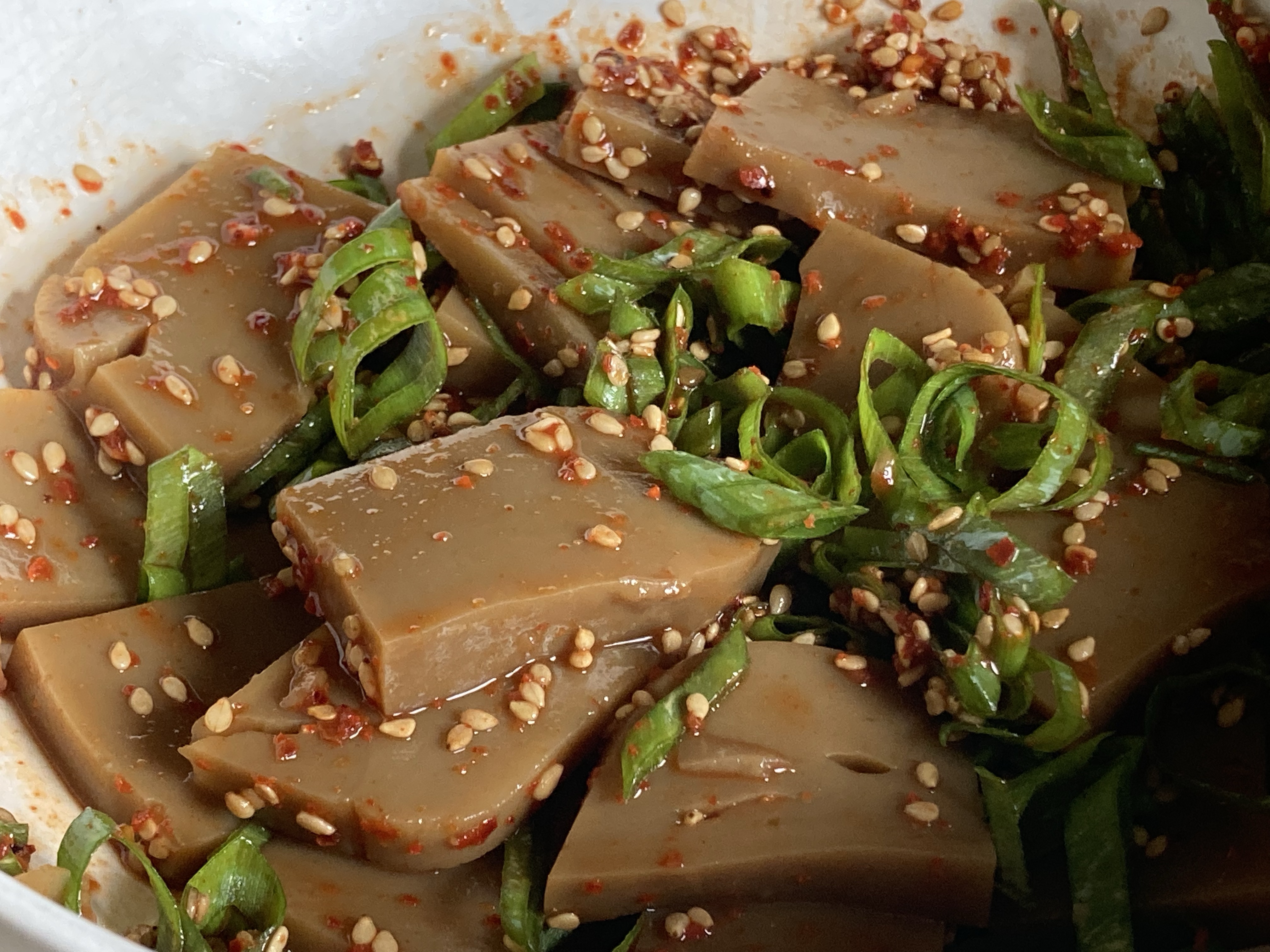
Acorn Jelly Muchim
Acorn jelly muchim(도토리묵무침) is a cold dish of seasoned jelly slices made from prepared acorns. Muchim(무침) is like a Korean […]
-
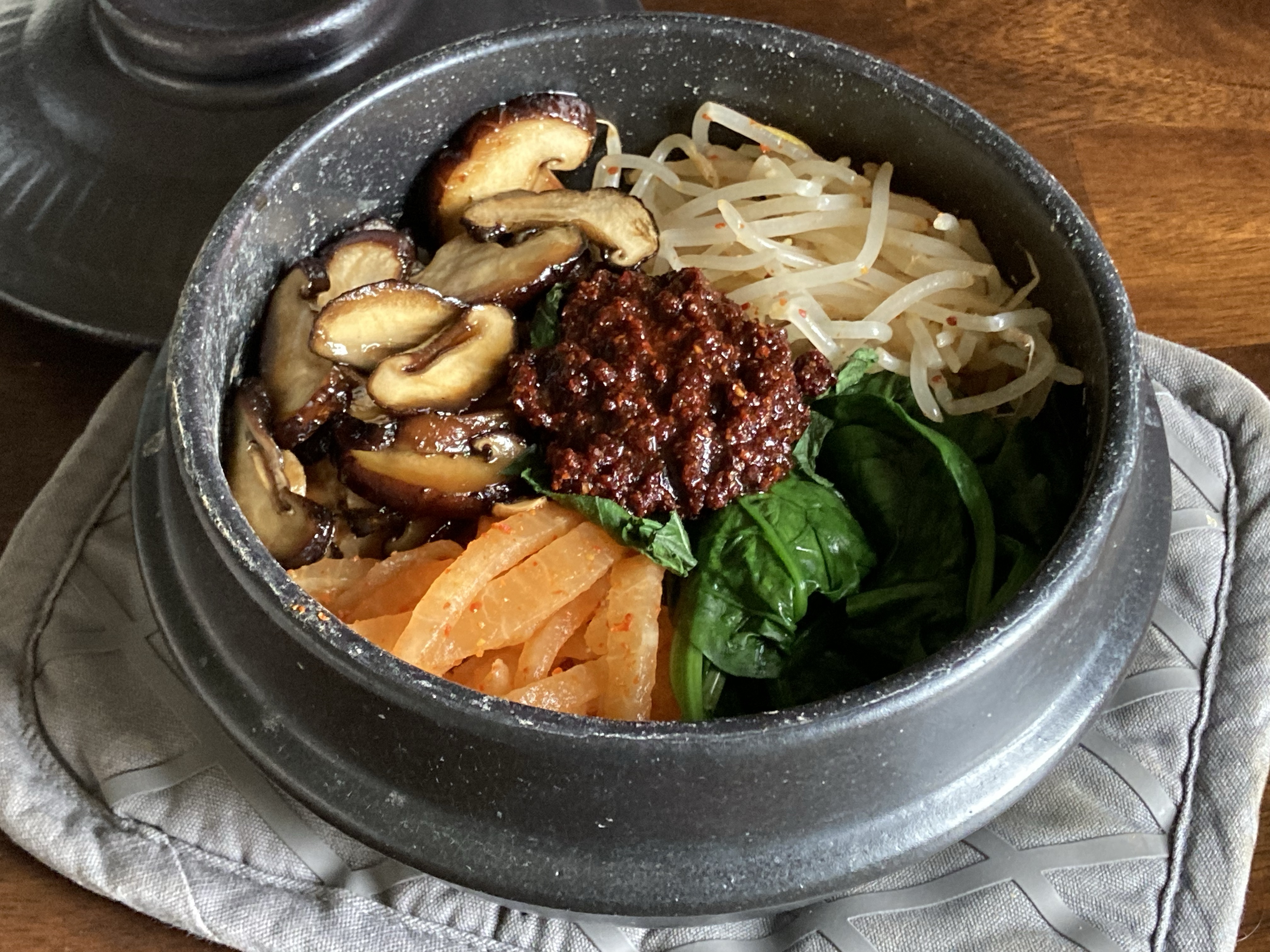
Bibimbap
Bibimbap(비빔밥) is a Korean dish of cooked rice with various toppings or banchan(반찬)[飯饌] to be mixed in. There is a […]
-
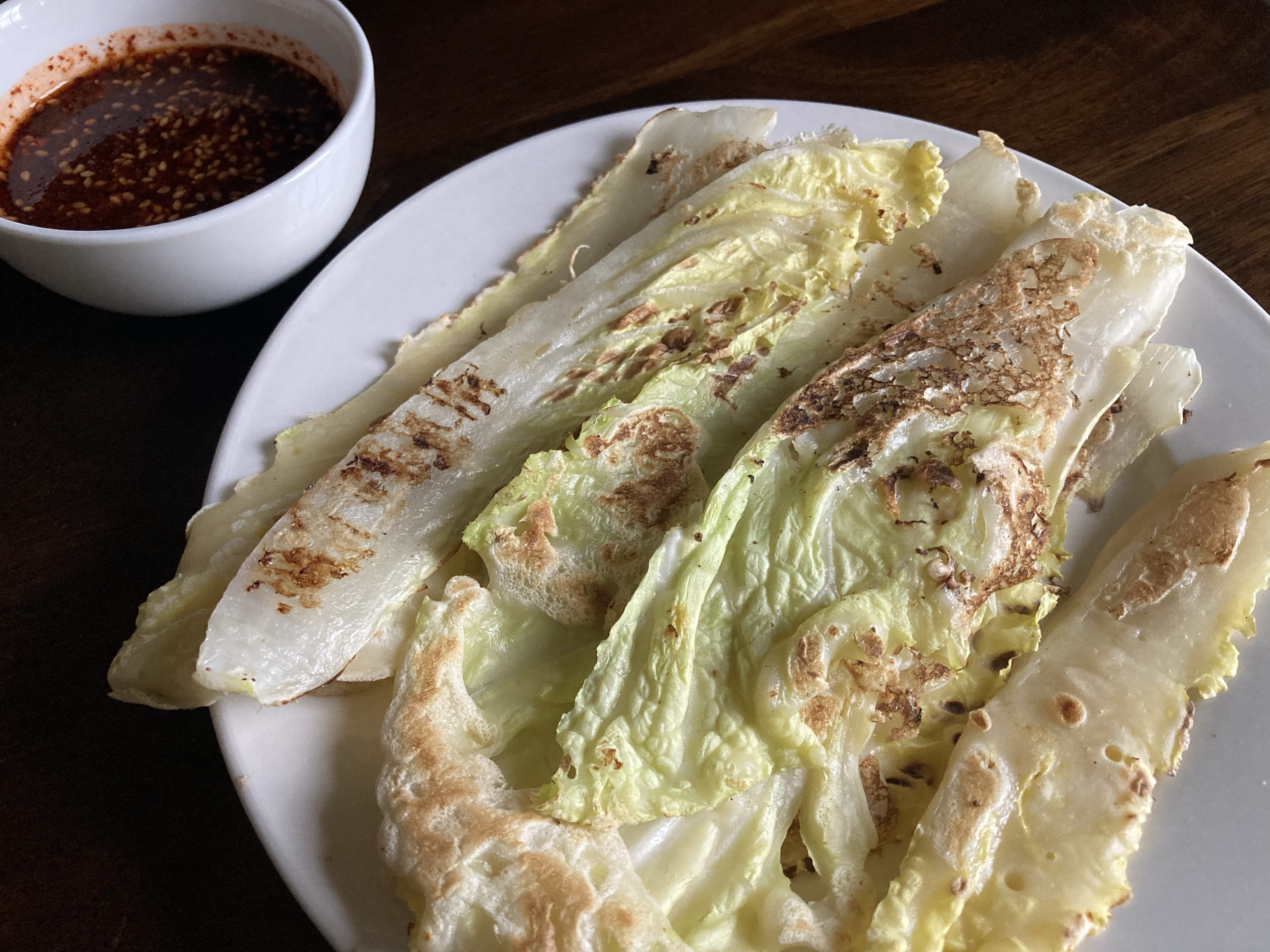
Cabbage Jeon
Cabbage jeon, or baechu jeon(배추전), is a simple Korean savory pancake from central Korea. Baechu jeon is essentially battered cabbage, […]
-
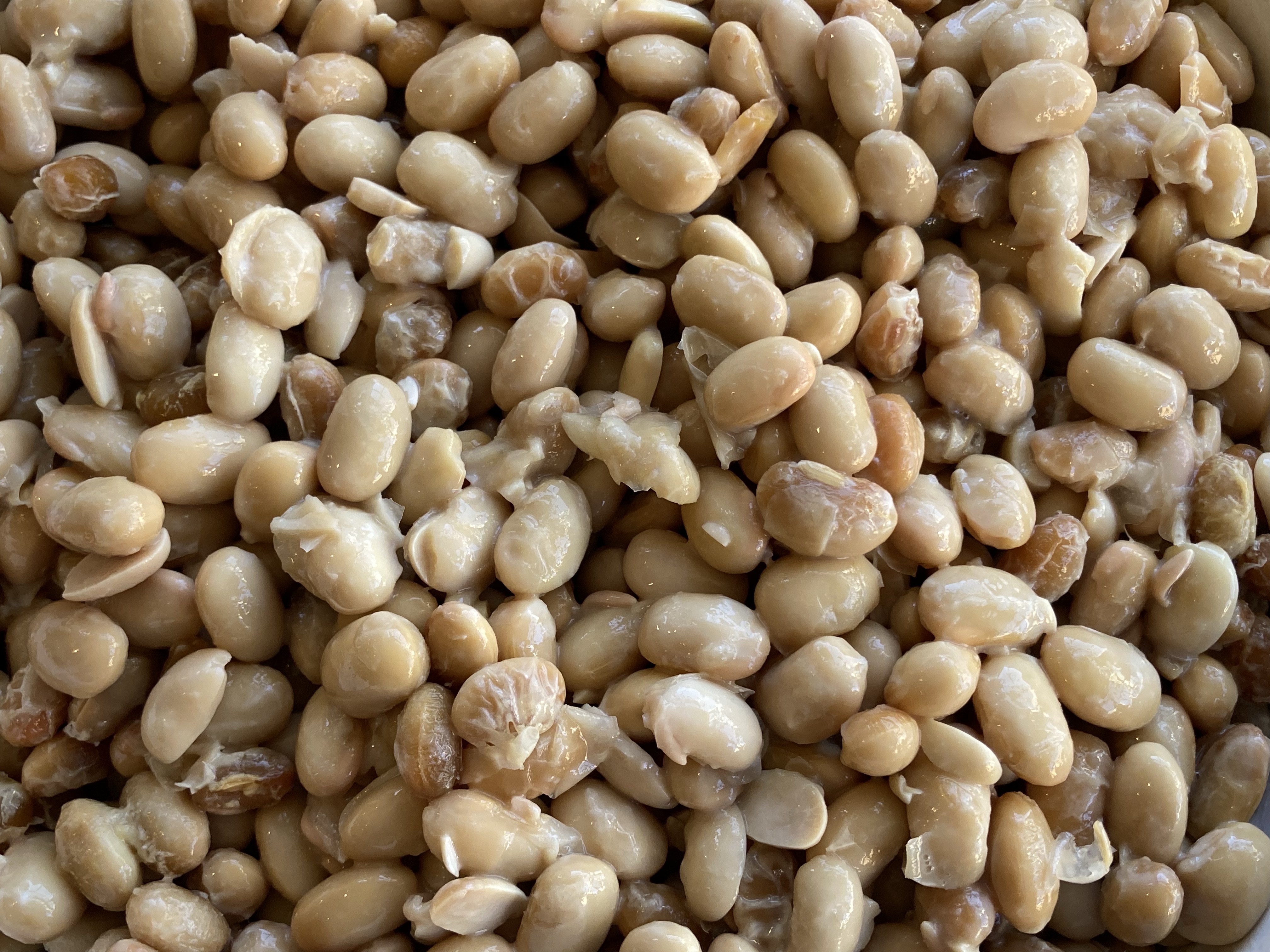
Cheonggukjang
Cheonggukjang(청국장찌개) is a traditional Korean food made with fermented soybeans. Fermented soybeans can be partially mashed into a paste similar […]
-
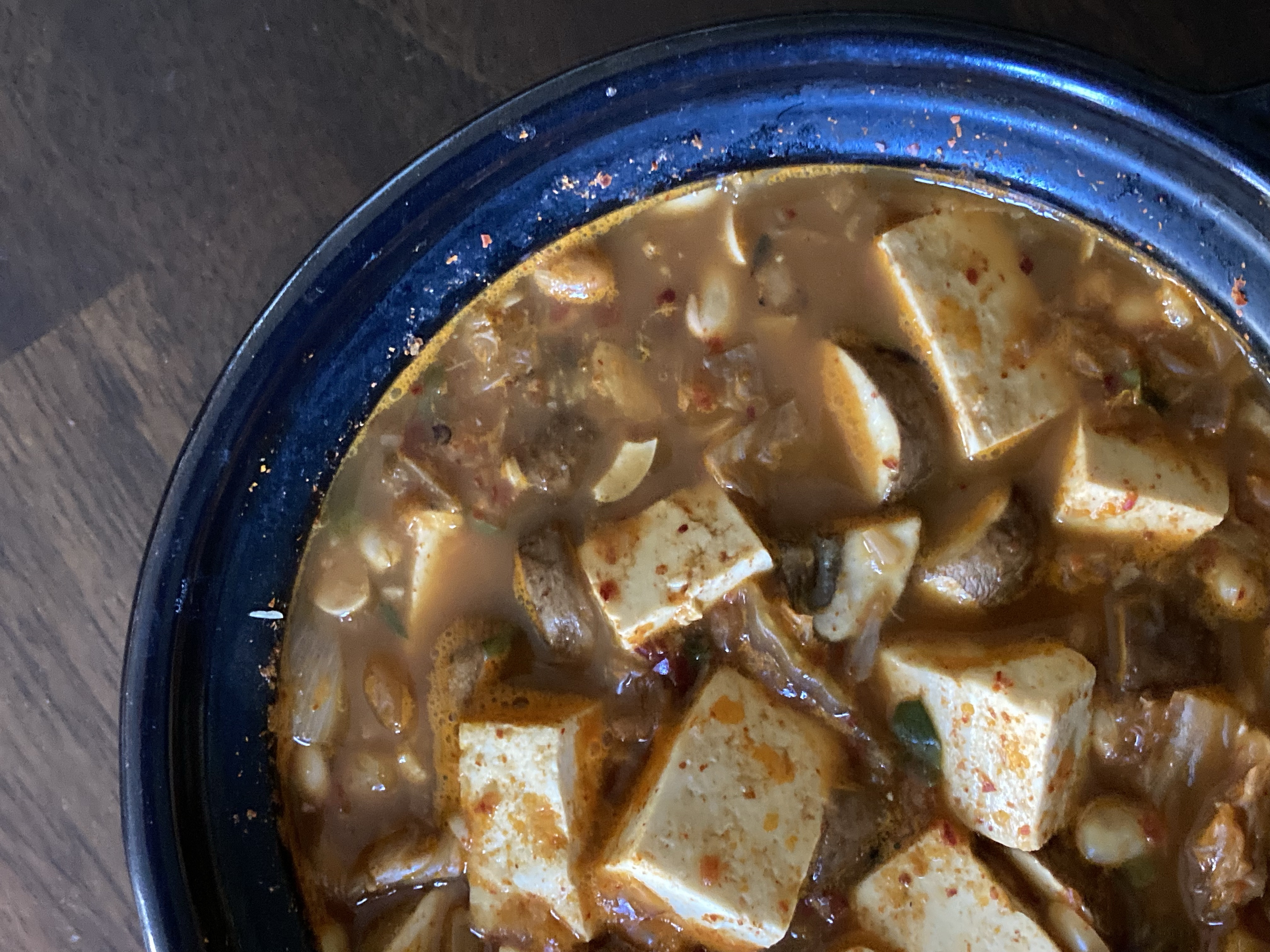
Cheonggukjang Jjigae
Cheonggukjang jjigae(청국장찌개), sometimes just called cheonggukjang, is a Korean stew made with fermented soybeans. Fermented soybeans are partially mashed into […]
-
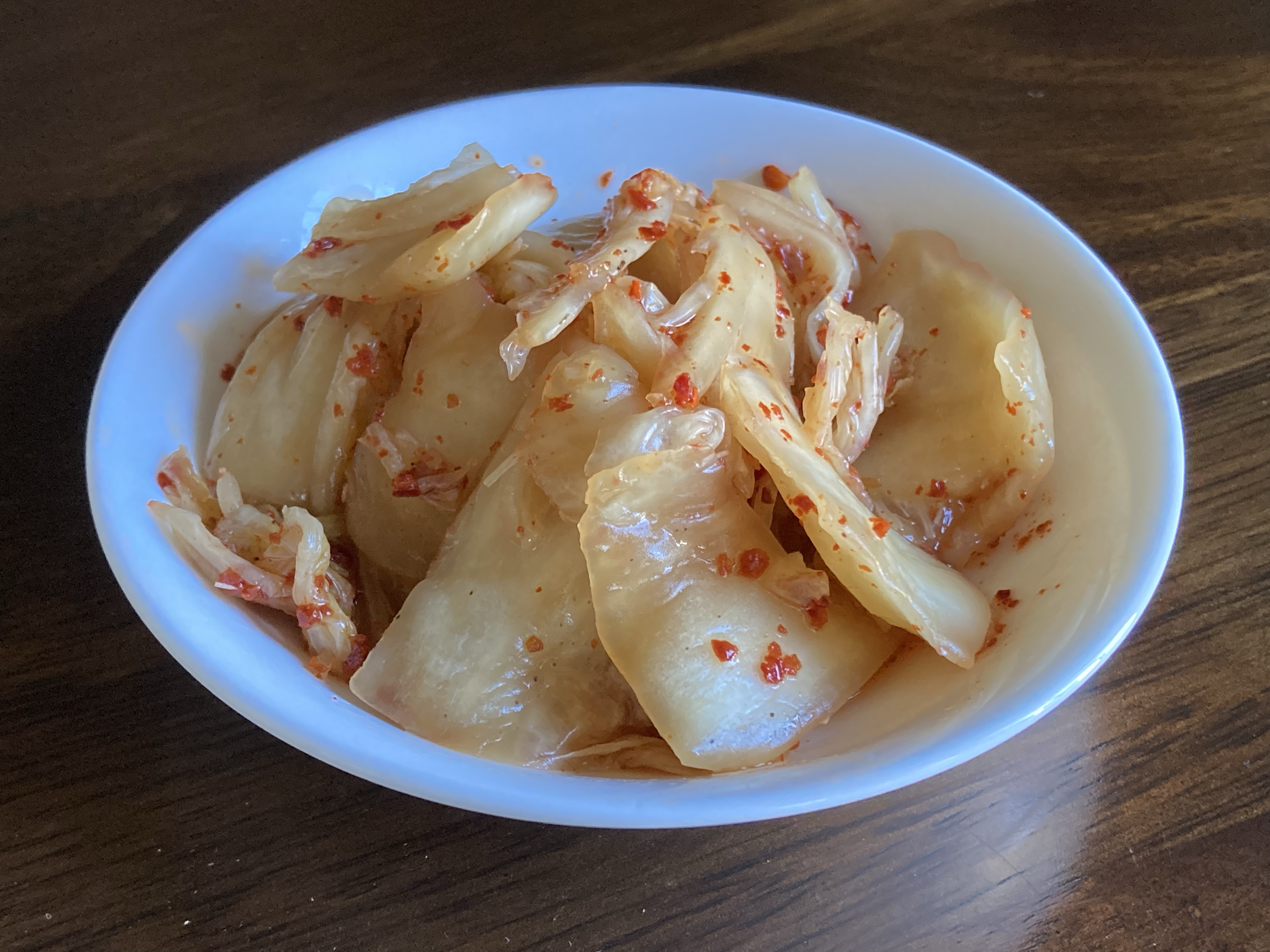
Easy Cabbage Kimchi
This simple kimchi(막김치 mak gimchi) is a type of napa cabbage kimchi(배추김치 baechu gimchi) made with chopped cabbage rather than […]
-
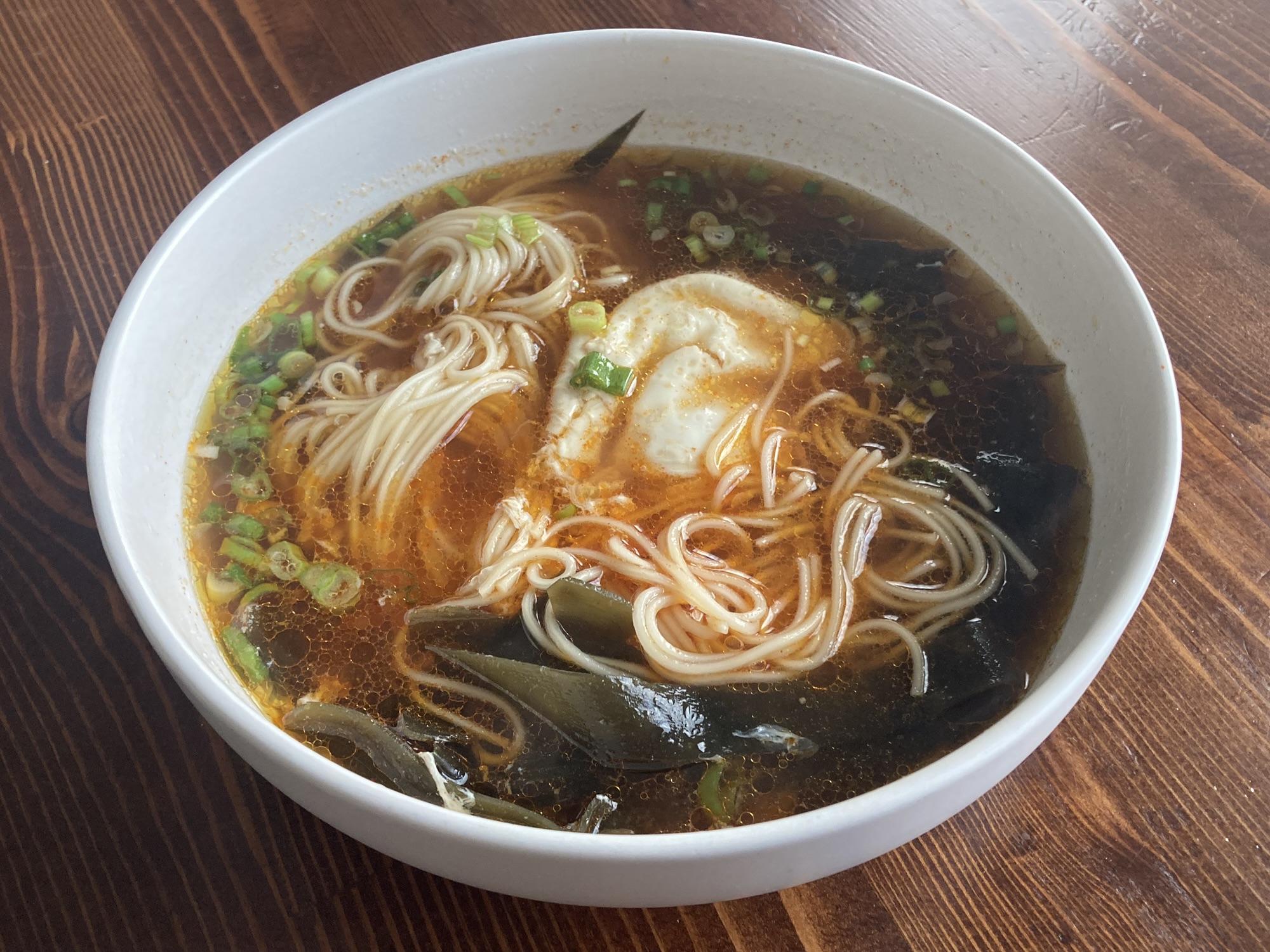
Janchi-guksu
Janchi-guksu(잔치국수) is a Korean dish of somyeon(소면), or thin wheat flour noodle, in a savory broth, usually with toppings. Traditionally, […]
-
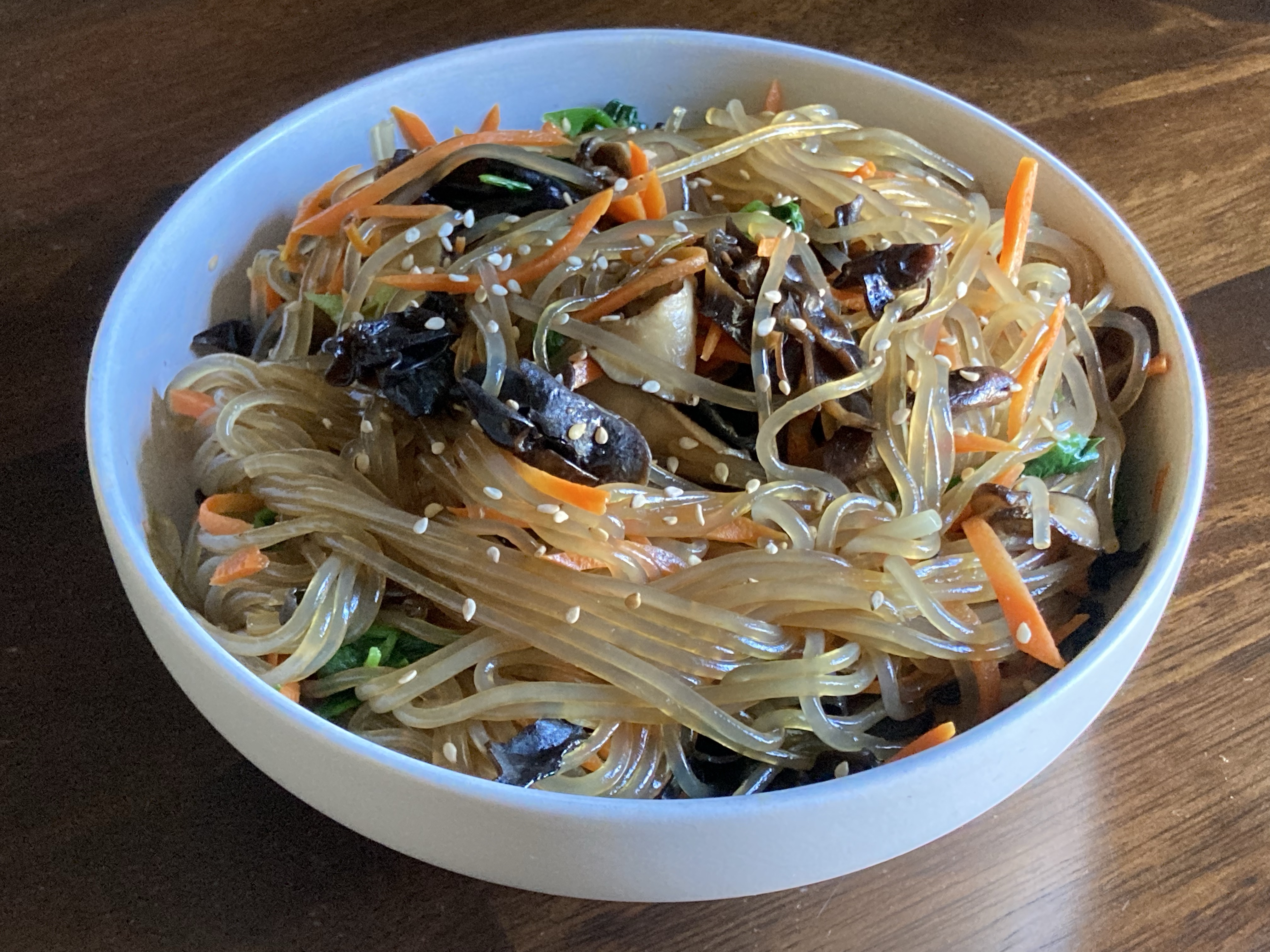
Japchae
Japchae(잡채)[雜菜] is a Korean dish of mixed ingredients, typically starch noodles with carrot, greens, shiitake, wood ear fungus, and sesame […]
-
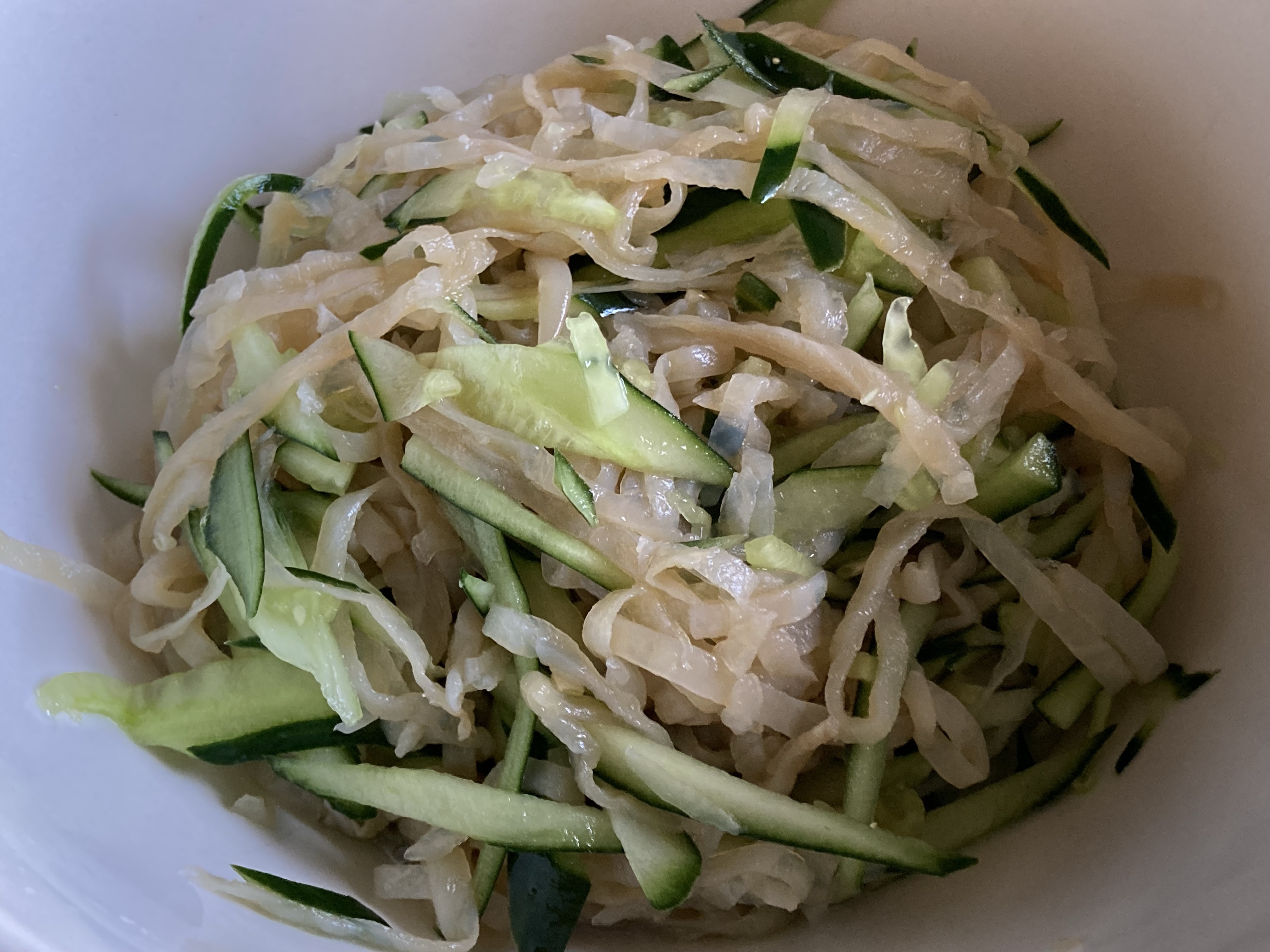
Jellyfish Salad
Jellyfish salad(해파리 냉채 haepari naengchae) is a Korean cold dish made with slices of salted jellyfish, usually cucumber, and a […]
-
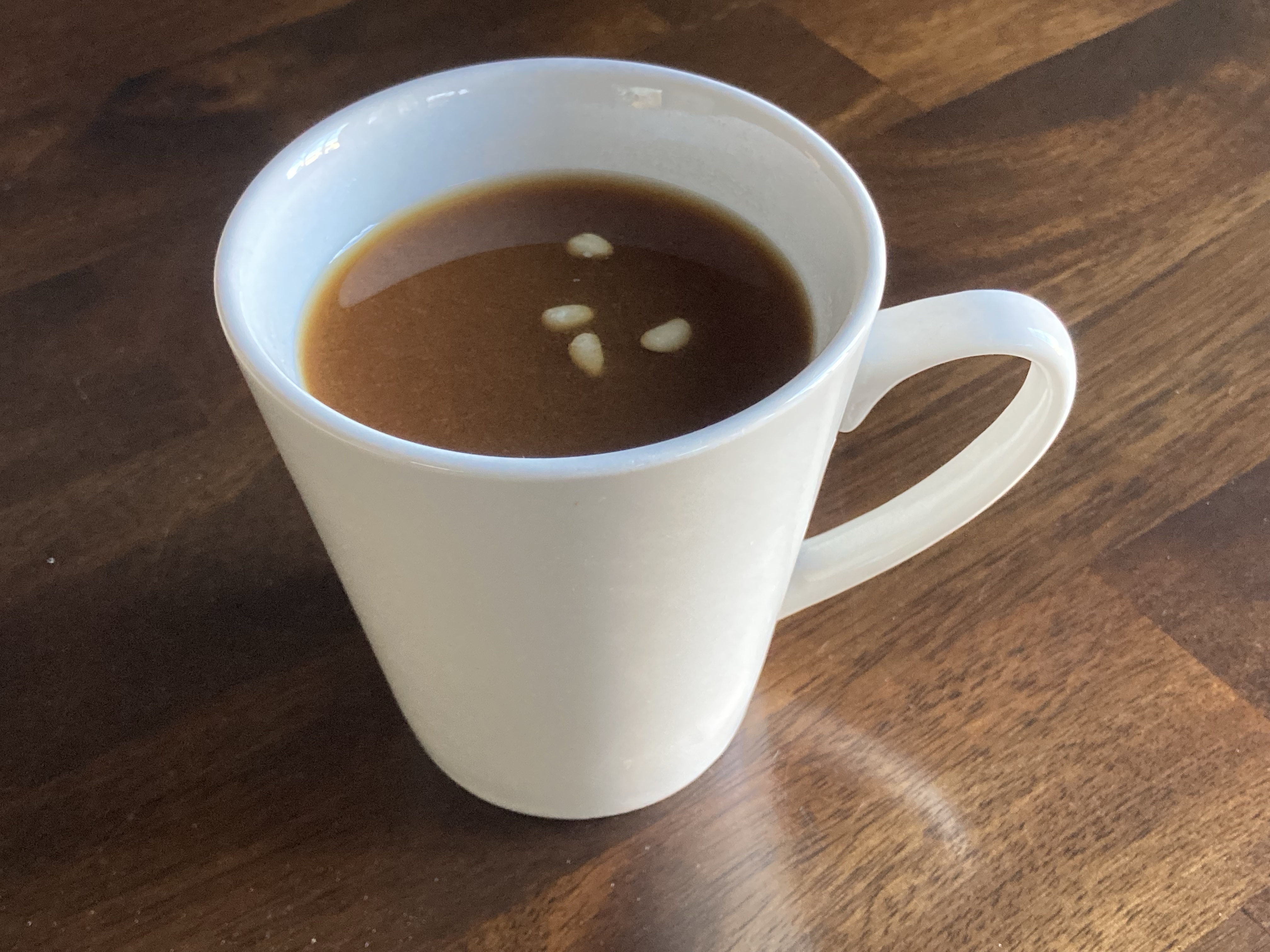
Jujube Tea
Jujube tea(대추차 daechu cha) is a traditional tea from central Korea made from dried jujubes(대추 daechu), also known as red […]
-
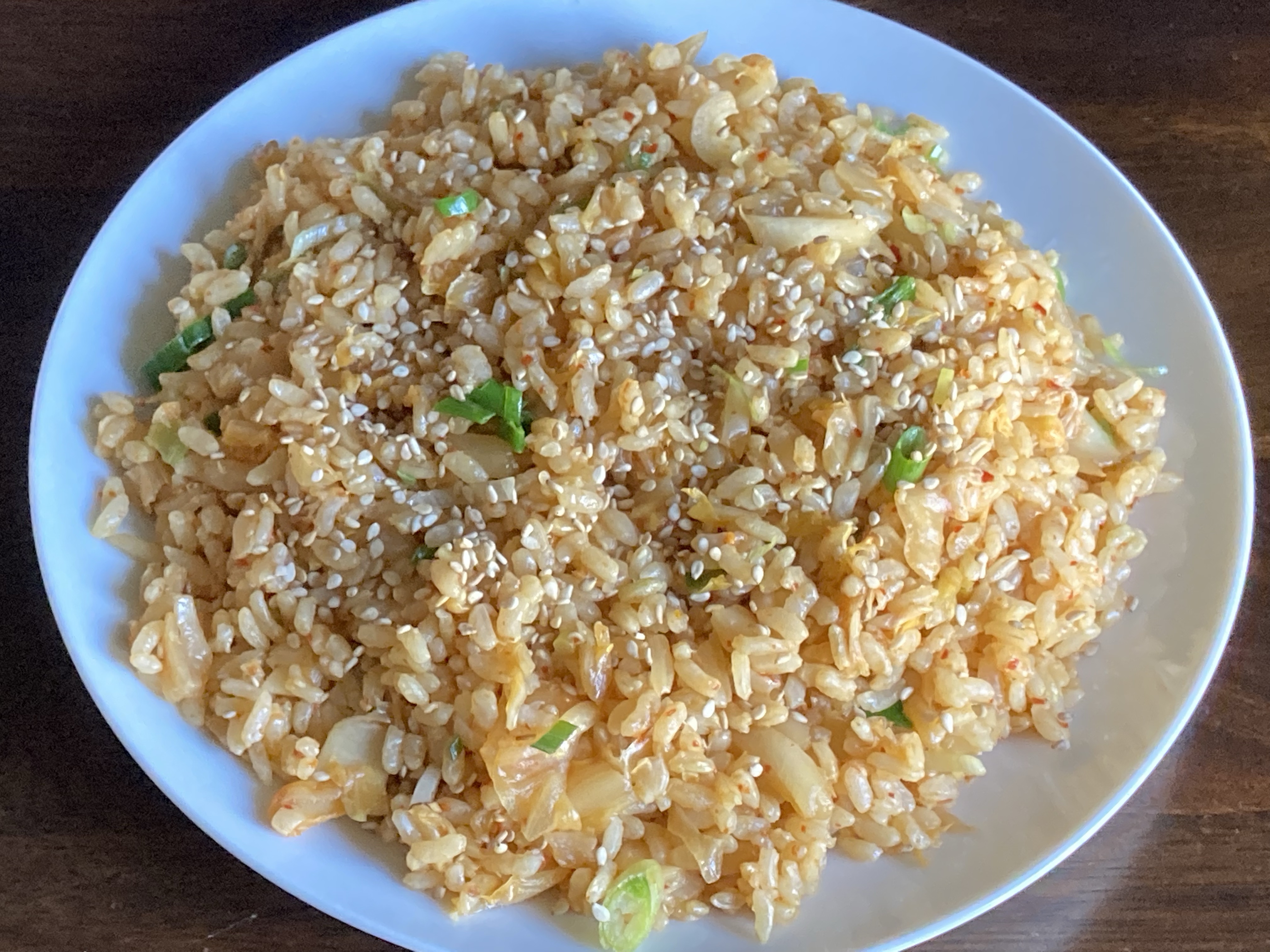
Kimchi Fried Rice
Kimchi fried rice, or gimchi bokkeumbap(김치볶음밥), is a simple Korean fried rice dish with kimchi. This recipe is a perfect […]
-
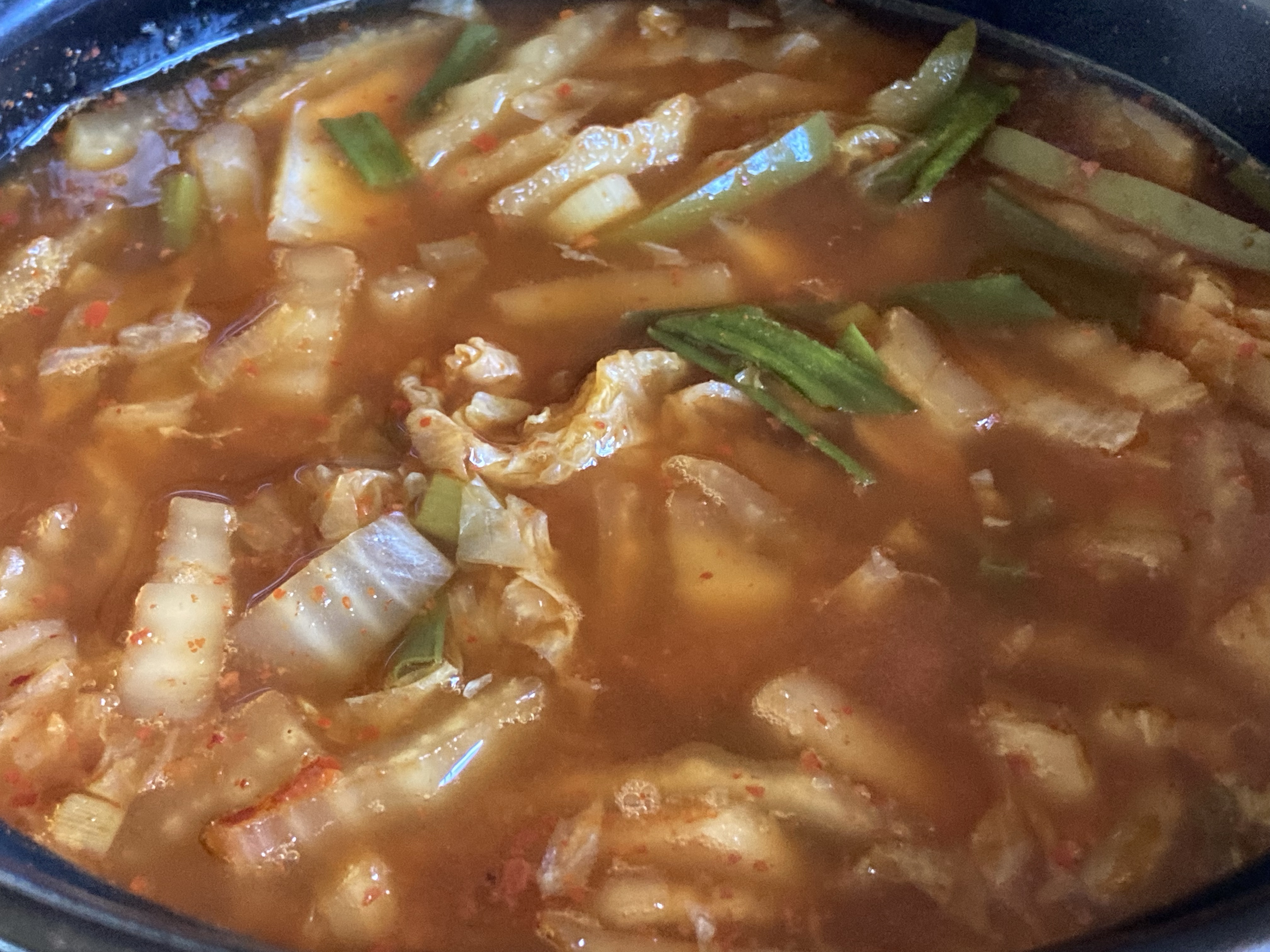
Kimchi Jjigae
Kimchi jjigae(김치찌개) is a hot kimchi stew from Korea. It is a simple, hearty dish and a great way to […]
-
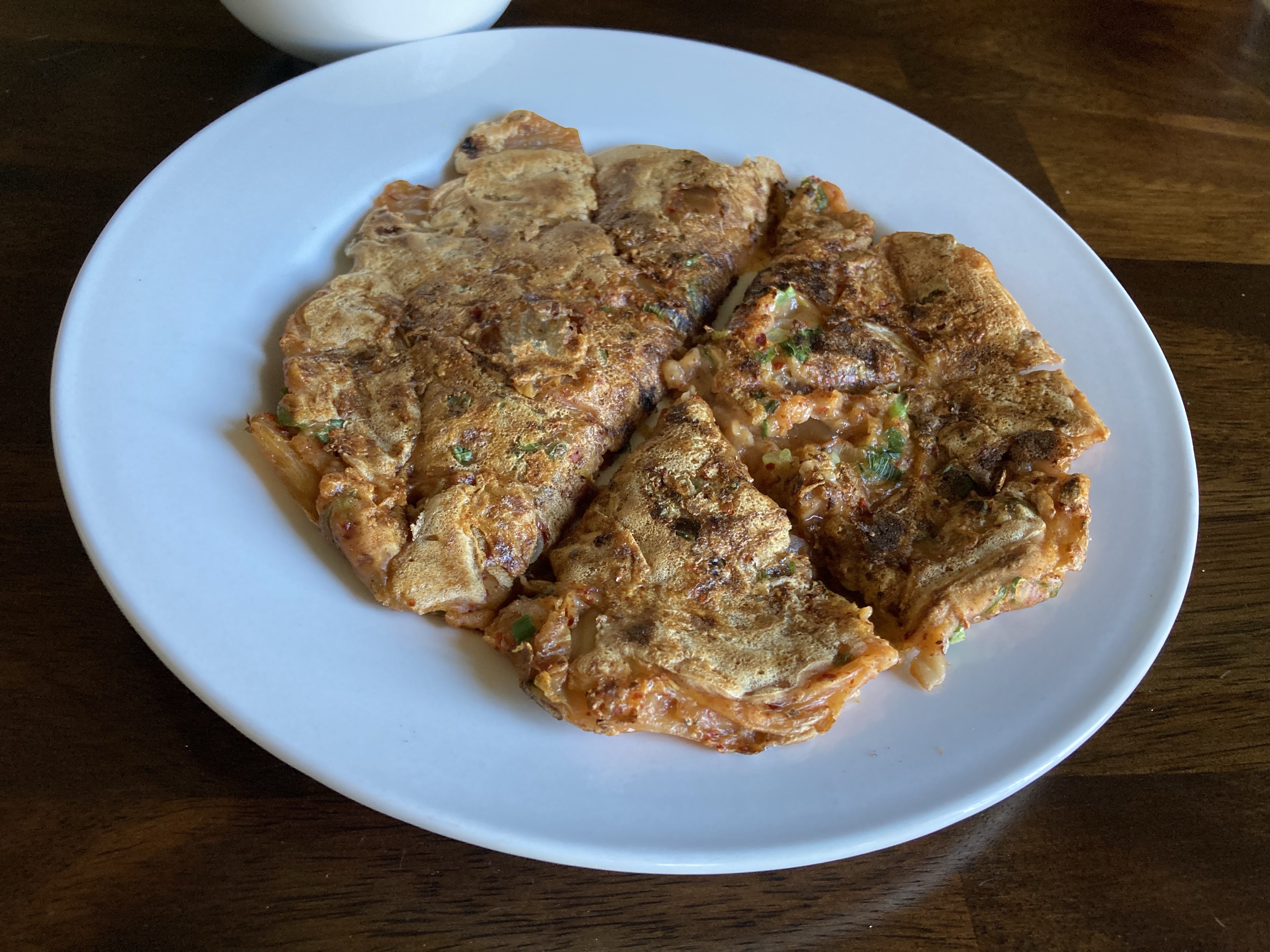
Kimchi Pancake
Kimchi buchimgae(김치부침개), also called kimchi jeon(김치전), is a savory kimchi pancake. It is made from cabbage kimchi mixed into a […]
-
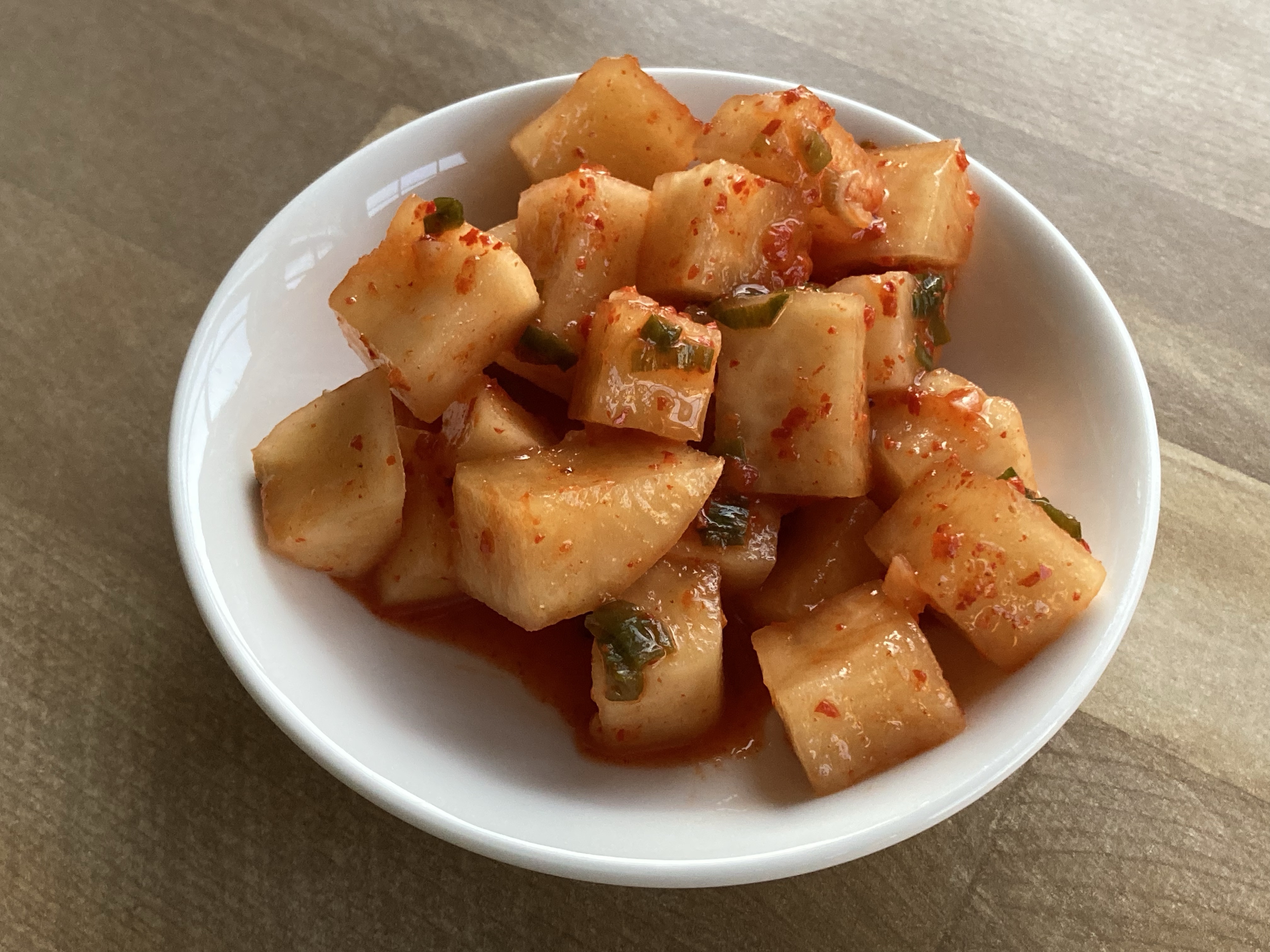
Kkakdugi
Kkakdugi(깍두기) is a kimchi of cubed radish from central Korea. It is simple to prepare and makes a convenient banchan(반찬), […]
-
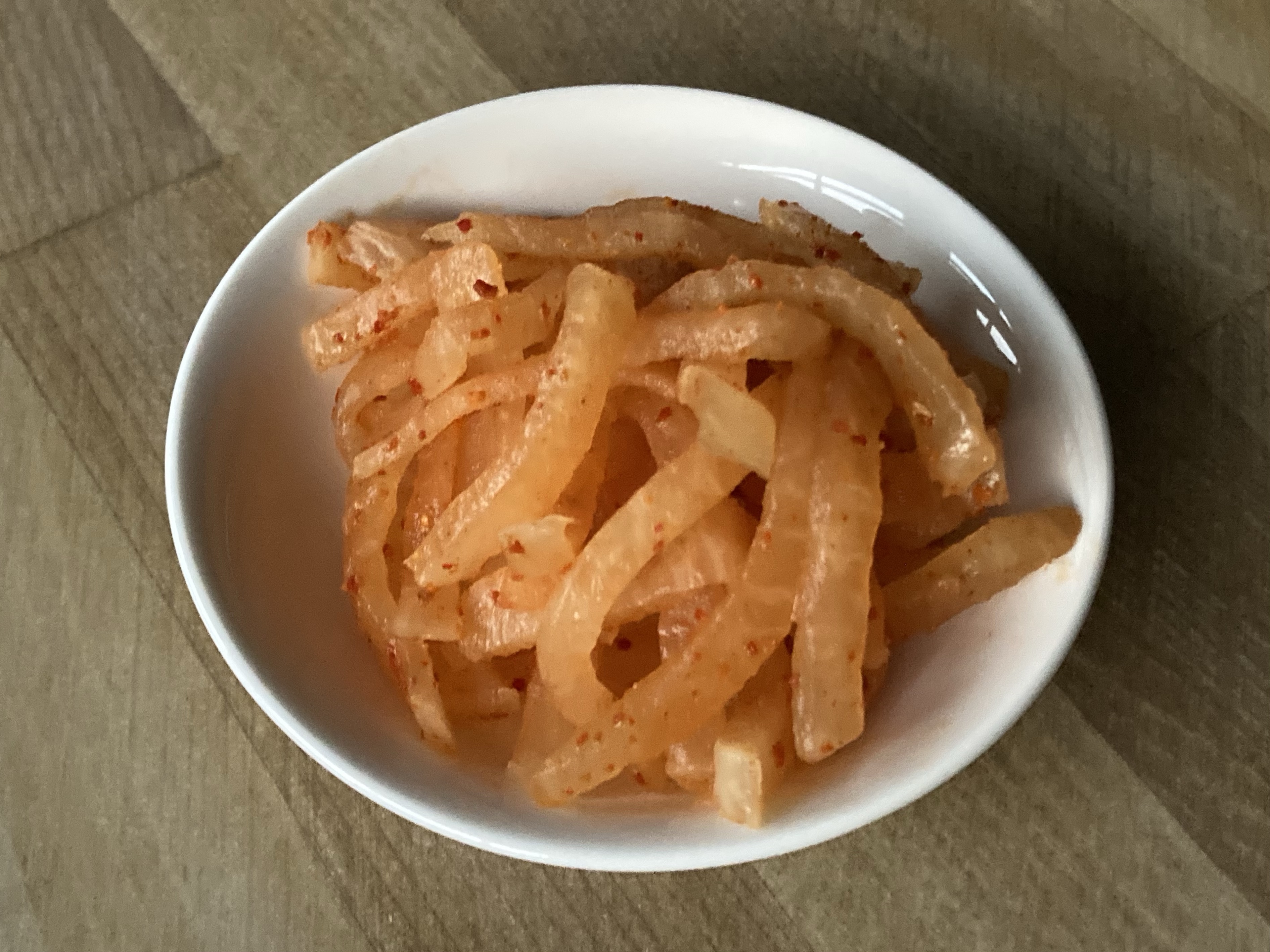
Musaengchae
Musaengchae(무생채) is radish salad. Typically, a large radish is cut into matchsticks and tossed with seasonings such as chili powder, […]
-
Perilla Namul
Perilla namul(깻잎나물 kkaetnip namul) is a blanched perilla salad common in southern Korea. It is a simple side dish and makes […]
-

Pogi Kimchi
Pogi kimchi(포기김치) is kimchi made from napa cabbage heads, generally halved lengthwise from the base and sometimes quartered to make […]
-
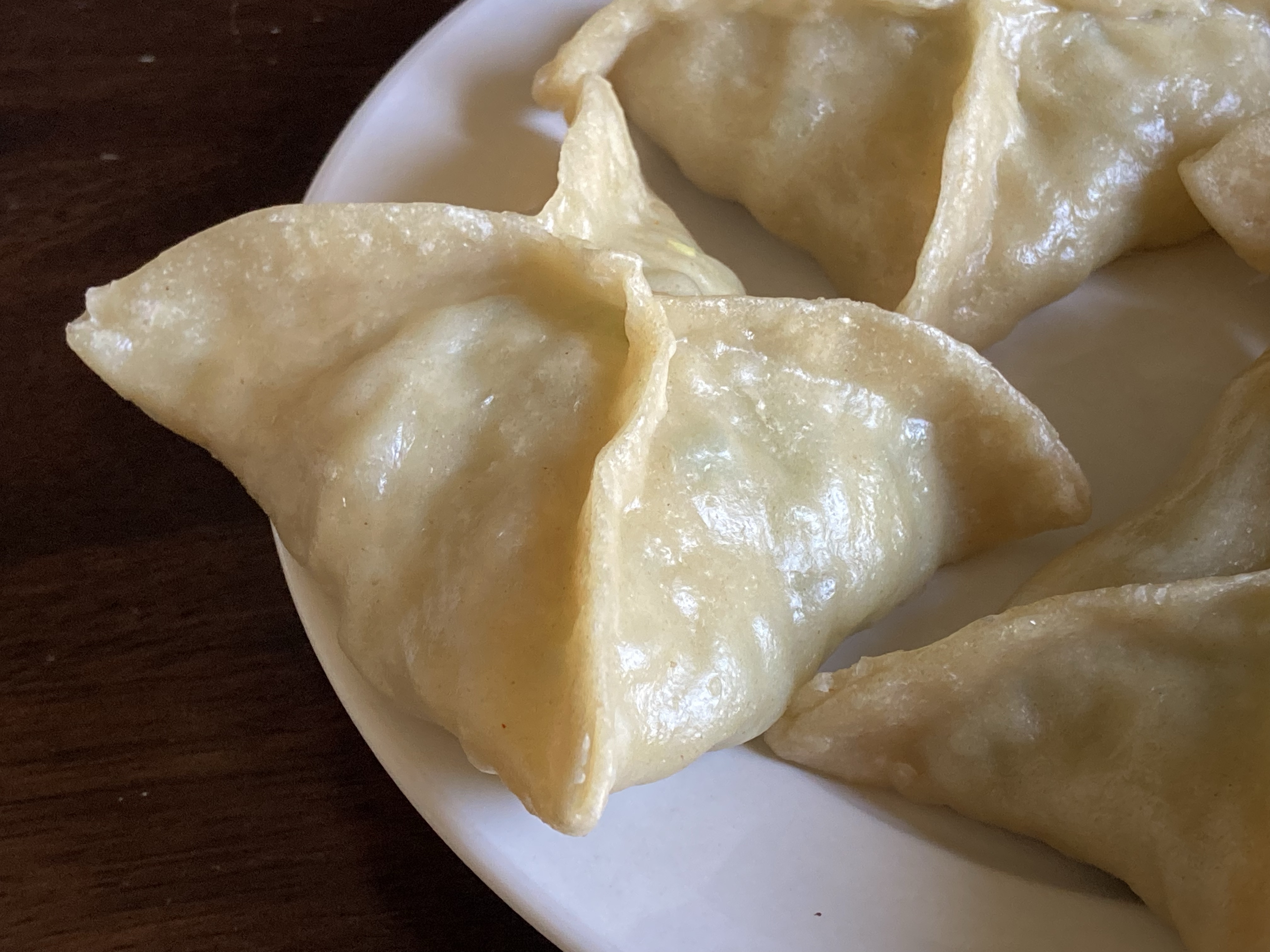
Pyeonsu
Pyeonsu(편수) is a traditional wheat flour dumpling made in central Korea. It is typically made with vegetables like aehobak in […]
-
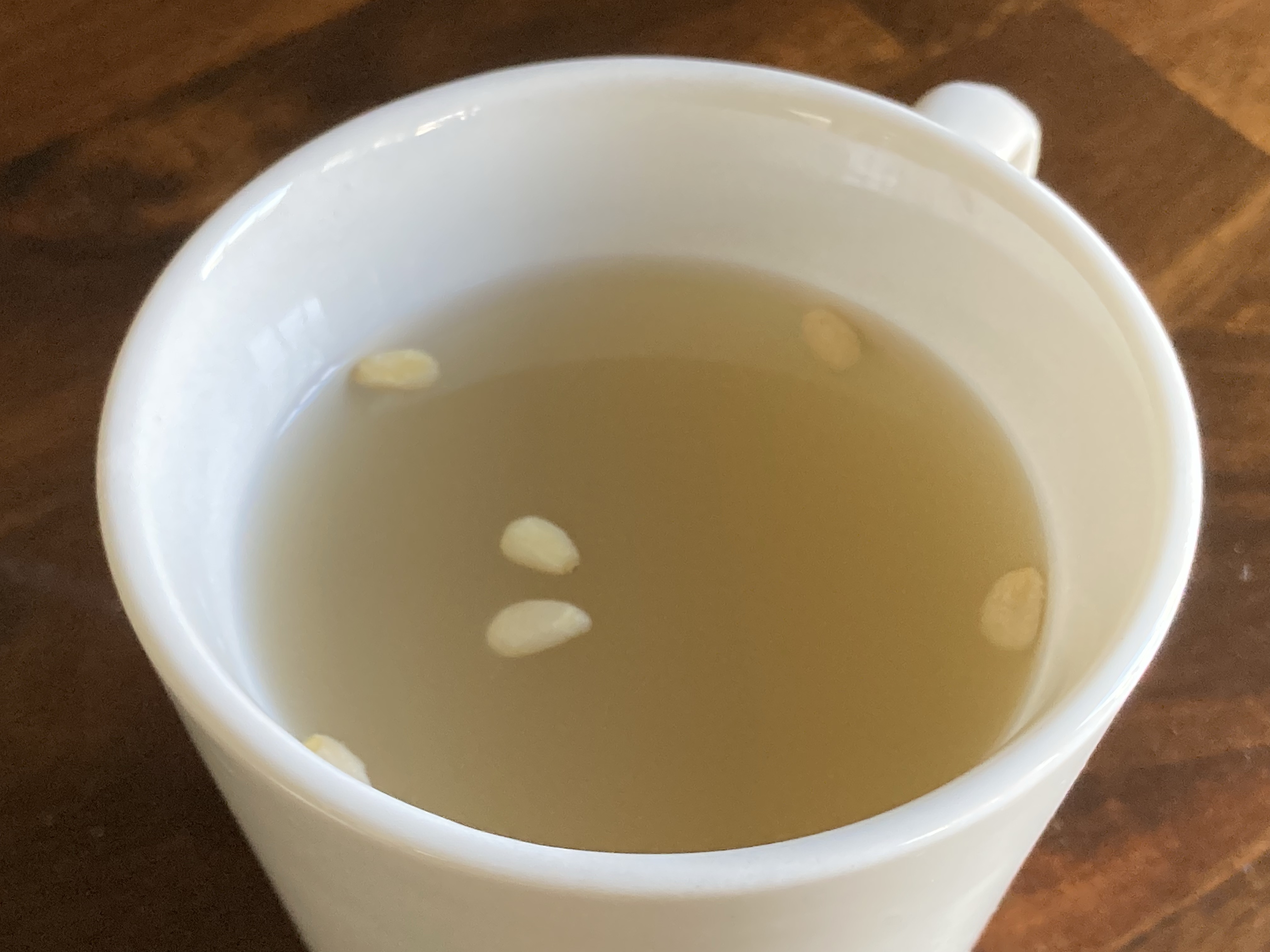
Sikhye
Sikhye(식혜) is a traditional barley malt and rice drink from Korea. Malt barley(엿기름 yeotgireum) is dried sprouted barley, usually crushed […]
-
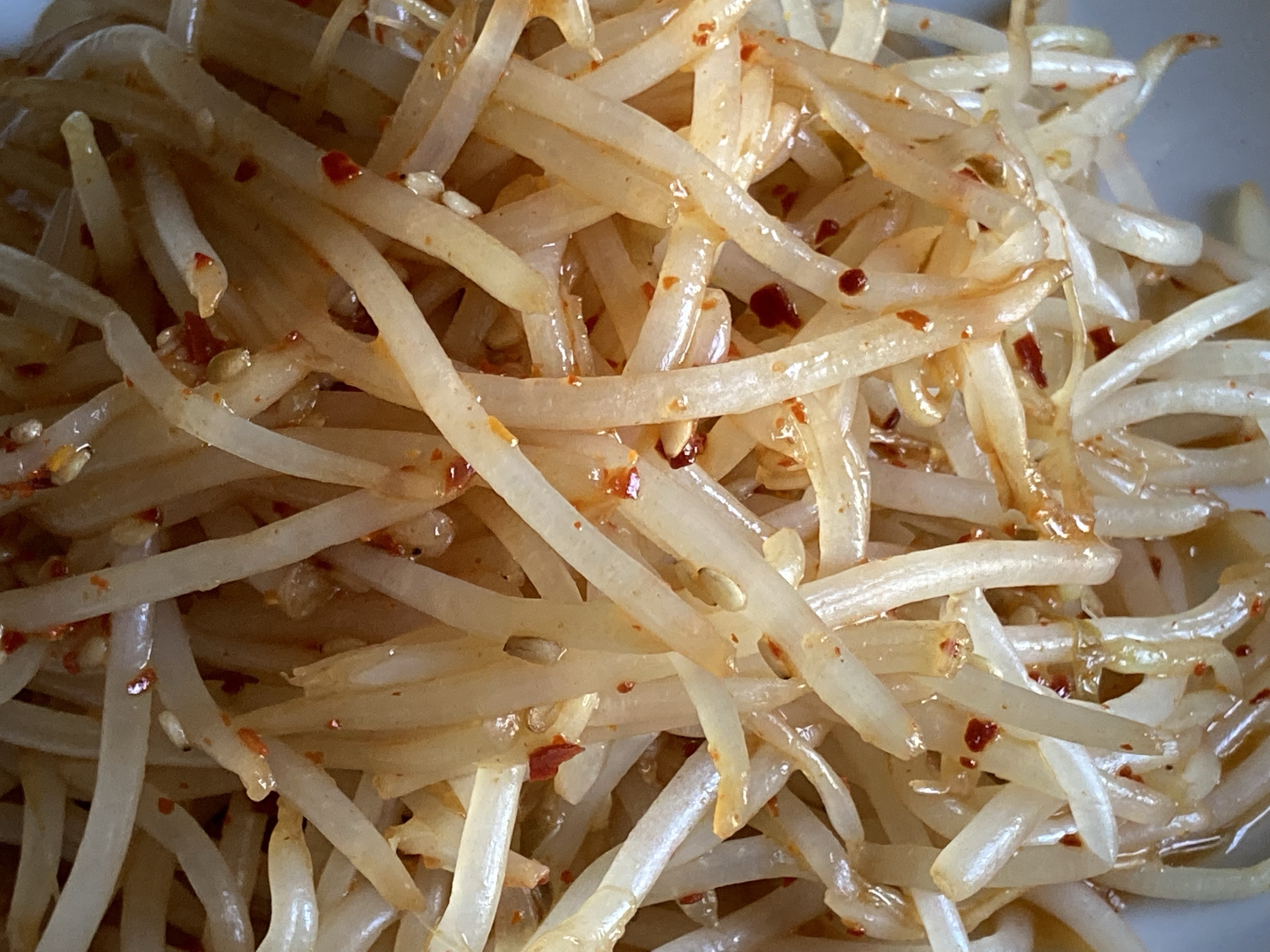
Soybean Sprout Muchim
Soybean sprout muchim, or kongnamul muchim(콩나물무침) is a simple side dish of seasoned soybean sprouts. Muchim(무침) means a seasoned side […]
-

Squid Stir-Fry
Squid stir-fry(오징어볶음 ojingeo bokkeum) is a simple Korean stir-fry dish made from squid and often vegetables. Octopus stir-fry(낙지볶음 nakji bokkeum) […]
-
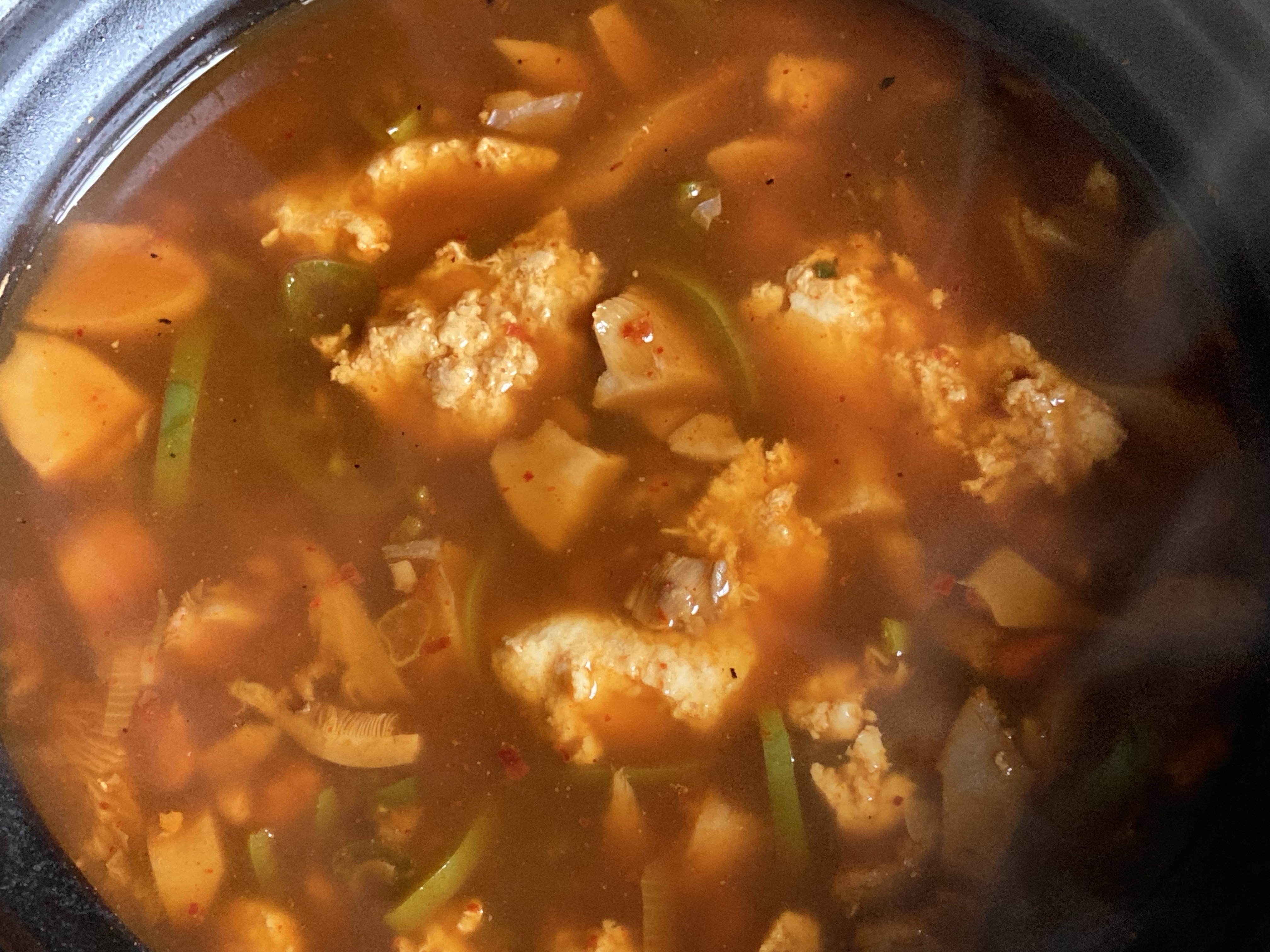
Sundubu Jjigae
Sundubu jjigae(순두부찌개) is a Korean stew with extra soft, unpressed tofu called sundubu(순두부). A wide variety of other ingredients may […]
-
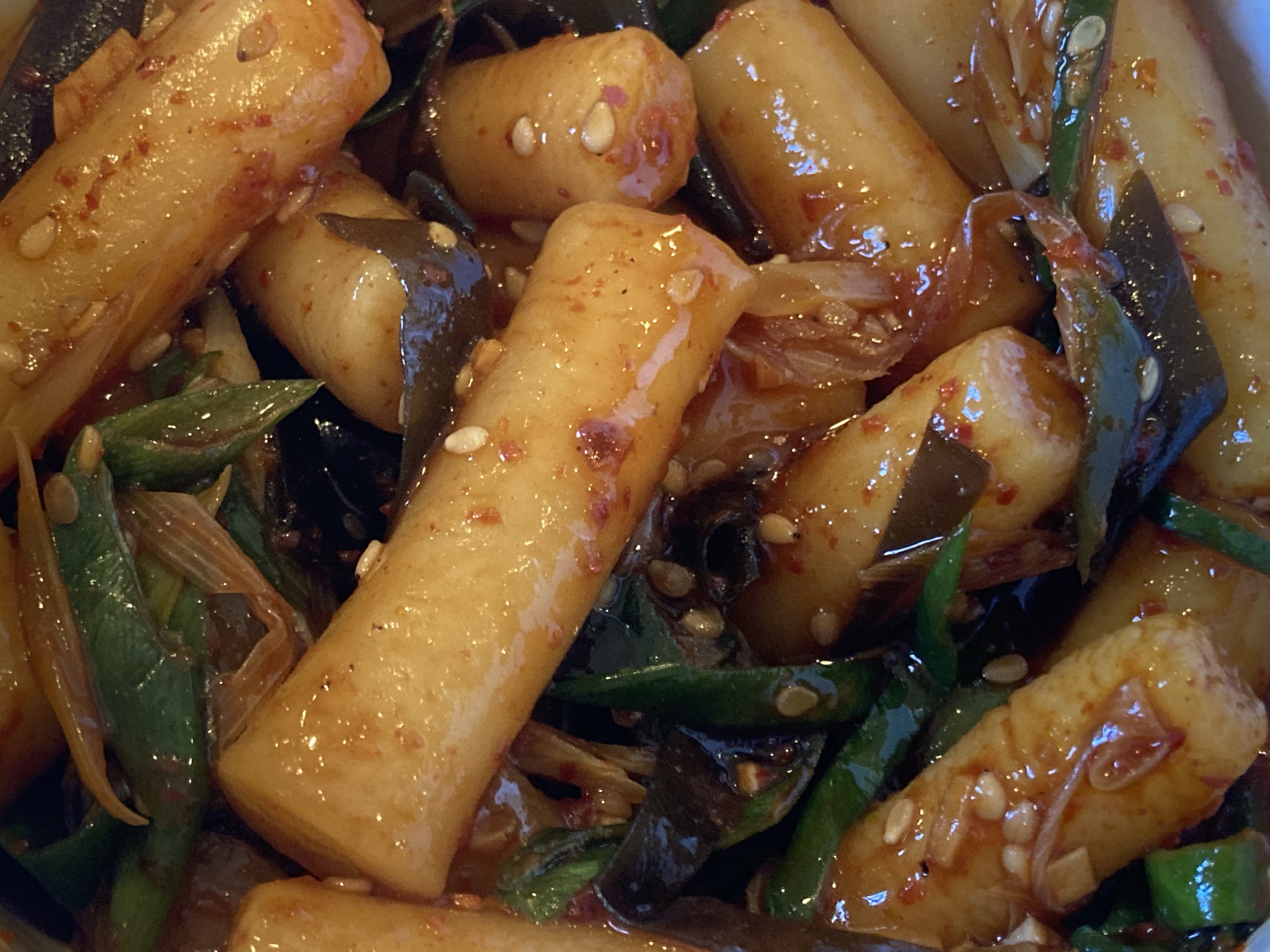
Tteokbokki
Tteokbokki(떡볶이) is a simple Korean rice cake dish with chili sauce. The essential parts are rice cakes called tteok(떡) and […]
-
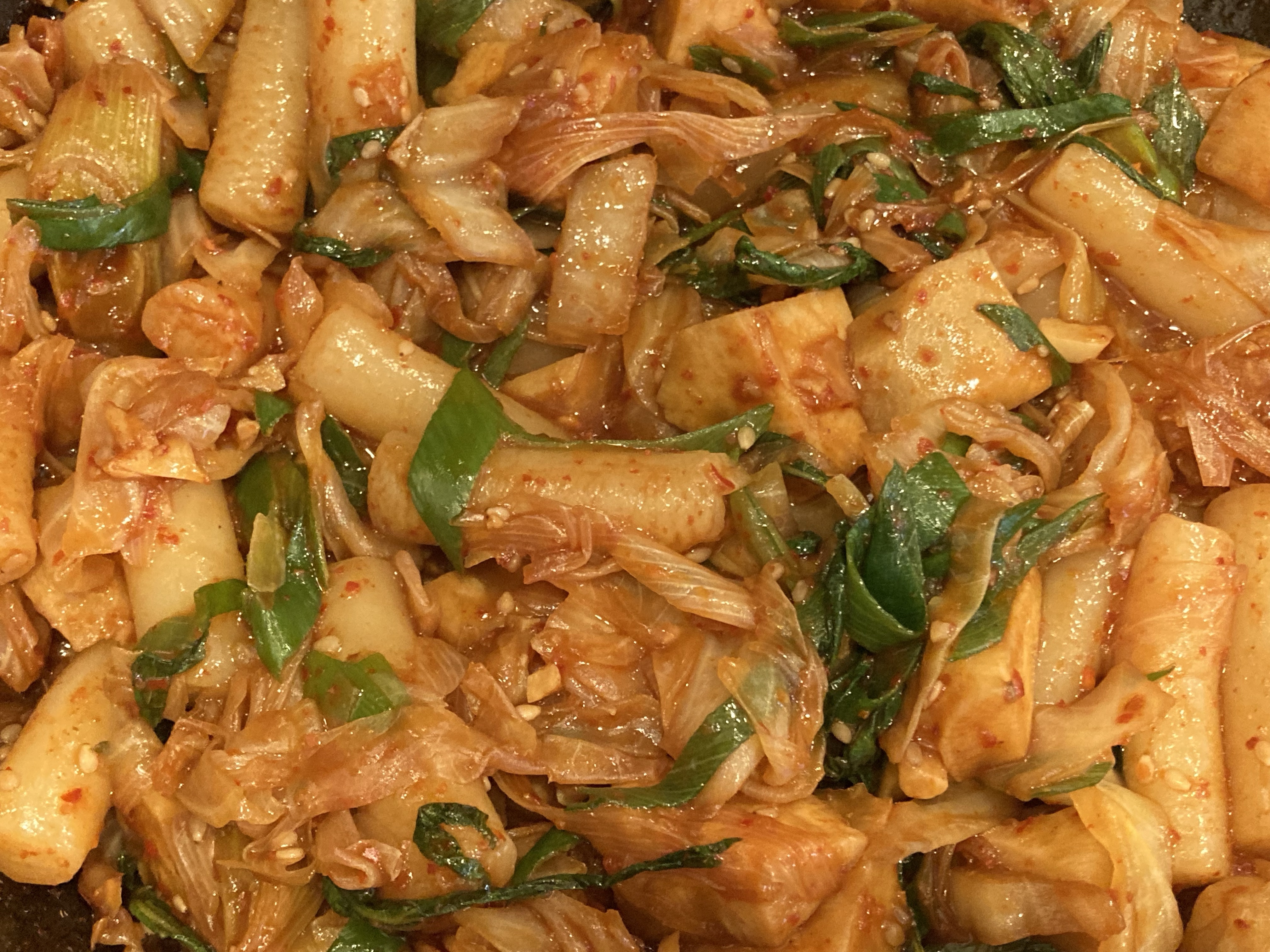
Vegetable Dakgalbi
Dakgalbi(닭갈비), also written dak-galbi or dalk-galbi, is a dish from central Korea made with chicken, sweet potato or potato, cabbage, […]